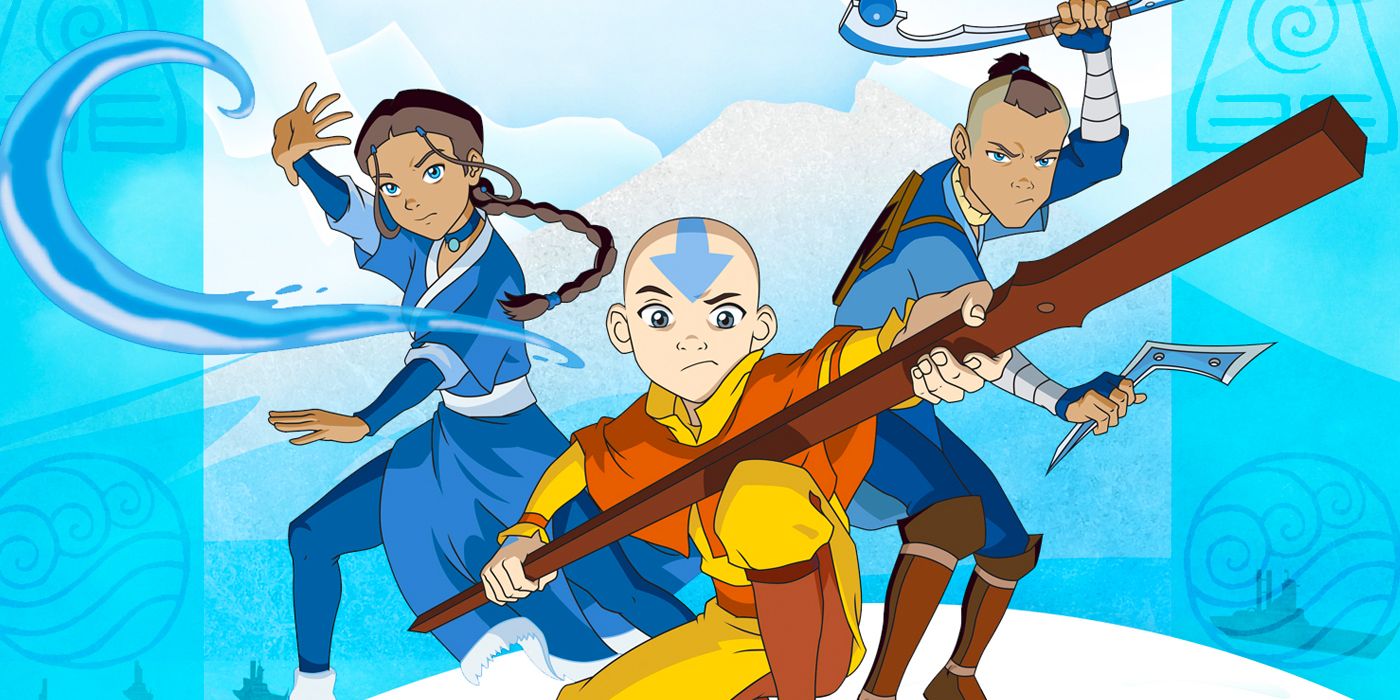Table of Contents Show
Fifteen years ago, the world saw the beginning and end of Avatar: The Last Airbender, which is considered to be one of the best children’s animated shows of all time. Few shows hold up to the rosey-hued feelings of nostalgia the way that Avatar has, as it is as exciting and profound as it was when it first aired. The show managed to introduce its viewers to deep topics and emotional storylines while maintaining a common thread of whimsy and fantasy without becoming too…well childlike. What other show of the time explored intense ideas like classism, genocide, and philosophy while simultaneously enticing its viewers to want to literally go outside and interact with the elements?
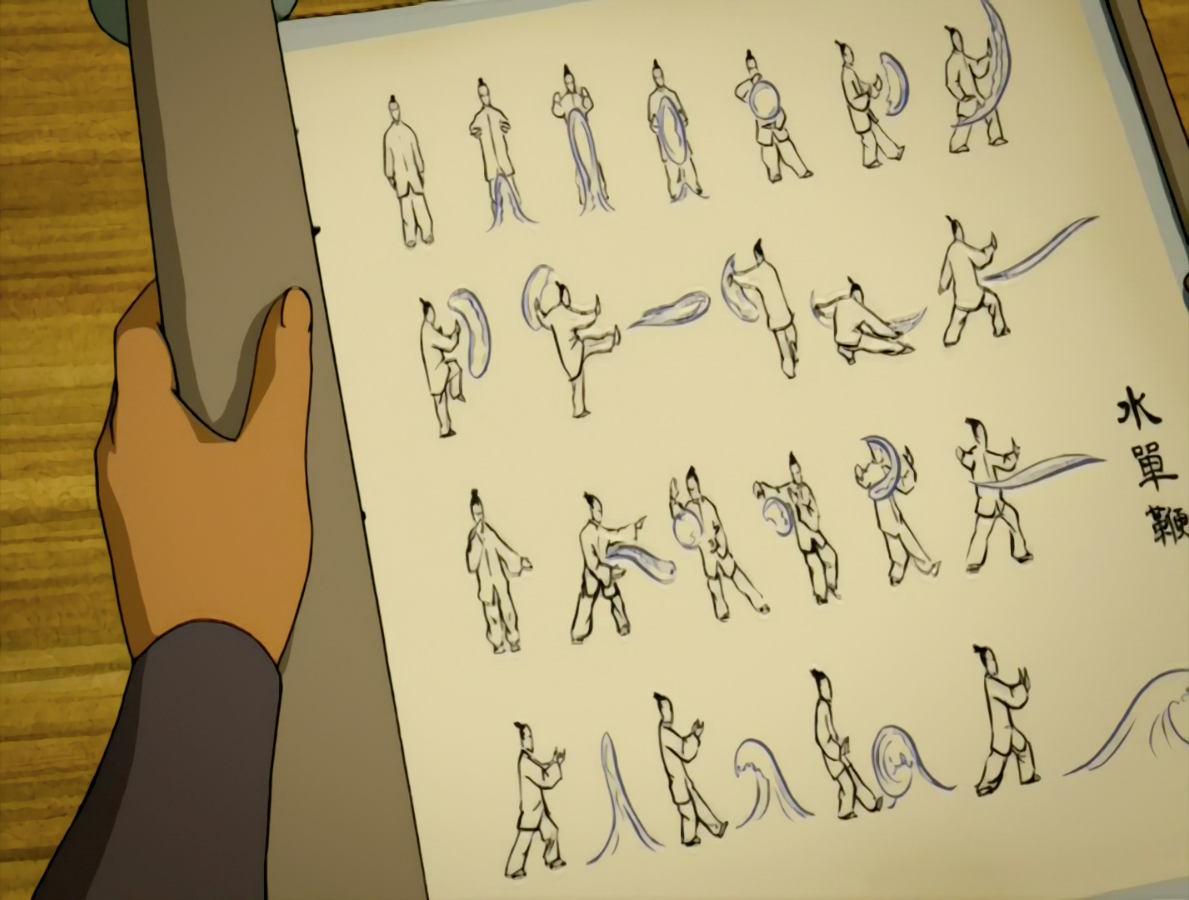
(Nickelodeon Animation Studio)
To the excitement of former aspiring benders, Netflix has done us all a favor and added the entire series to the platform ahead of its planned live-action remake series. Old fans and newcomers alike will now be able to binge-experience Avatar’s vast world and mysticism, nuanced characters, and of course, endlessly thrilling and complex bending. Each of the four bending skills is unique and powerful in their own way, based on influences from the movement of different martial arts styles.
The types include the explosive and emotional firebending, evasive and light-footed airbending, stable and unwavering earthbending, and the most powerful and versatile, waterbending. Though all of the types are stellar and have their own unique merits, in my opinion, waterbending is easily the most dynamic and visually interesting, making it the best. To say that would be the same as saying, “Water is wet,” it just is! Equally strong in defense and offense, water bending is a cocktail of beauty, power, and spirituality.
Water is the element of change. The people of the Water Tribes are capable of adapting to many things. They have a sense of community and love that holds them together through anything.
Iroh — Season 2, Episode 9 “Bitter Work”
The Element Of Change
Across various religious and spiritual lines of thought, water is associated with healing, cleansing, and divine feminine energy. Imagine sitting on a riverbank and observing the flow of the water; constantly moving, powerful, yet endlessly calm. Ripples and waves in shades of blue, each unassuming droplet contributing to the eternal ebb and flow of the element that connects us all. This fundamental beauty of water as a presence in our lives is what contributes to the beauty of waterbending in Avatar. The core principle of the waterbending style is its status as the “element of change.”
Like water, our emotions are constantly changing and shifting, which can manifest in anything from internal maelstroms to calm, clear pools of feeling. The key to mastering this aspect of our existence is in finding balance within. In Avatar: The Last Airbender, the waterbenders derive their power from the Moon Spirit, Tui, and the Ocean Spirit, La. Joined together in an eternal dance of push and pull, Tui and La were two of the first spirits in Avatar to travel from the Spirit world and enter the human world to help mankind. Tui was the original master of waterbending, controlling the earth’s tides, thus the waterbenders observe and learn their art from Moon.
As waterbending is the only style that originated from the spirits rather than animals — such as dragons in the case of firebenders or badgermoles for earthbenders — waterbenders maintain the closest connection with the spiritual world besides some airbenders and the Avatar themself. The waterbenders belong to three tribes that are located in different parts of the world. The Northern Water tribe, which lives on the north pole, the Southern Water tribe on the south pole, and the Foggy Swamp Tribe, located in the Earth Kingdom. The dynamic nature of waterbending is influenced by the unique culture and style of each tribe.
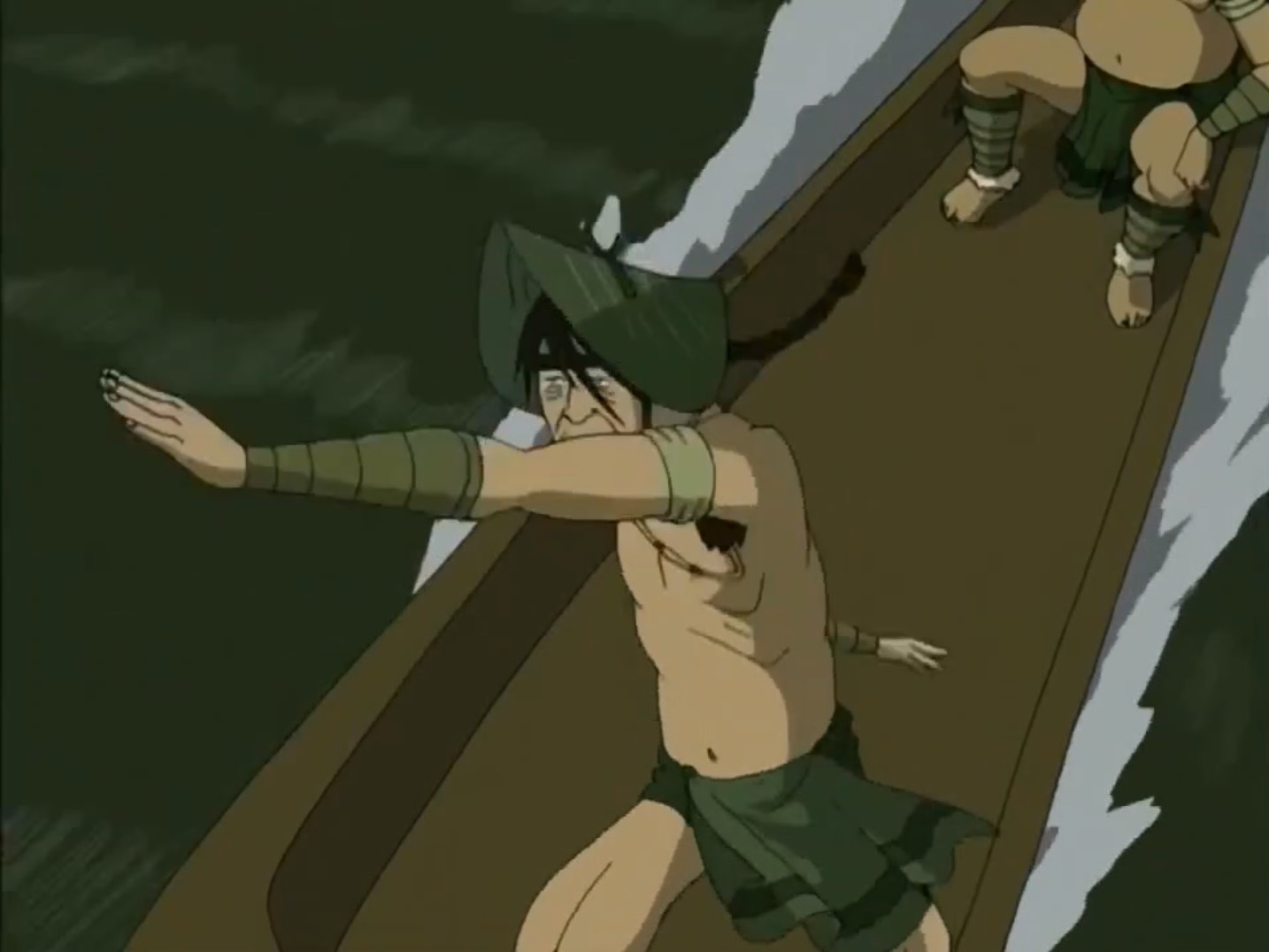
Since the tribes of waterbenders are spread across the world of Avatar, their styles of bending, culture, and architecture vary from one another. Since the Northern Tribe is the oldest branch of the water tribes, its principles are where the waterbending styles take root. While the Northern and Southern Tribes practice bending similarly, moving water, ice, and snow interchangeably, the Foggy Swamp waterbenders have a different climate to work with.
Since they live in the dense wetlands within the Earth Kingdom, the temperature is warmer and less conducive to the creation of ice. Thus, their bending evolved to involve less graceful motions to traverse the swamp on their boats, as well as the manipulation of plant life within the area for protection. While the Foggy Swamp Tribe doesn’t portray as much physical glitz or glamour as their northern and southern kin, their best feature is their belief in the importance of balance and connection to the natural world.
You think you’re any different from me, or your friends, or this tree? If you listen hard enough, you can hear every living thing breathing together. You can feel everything growing. We’re all living together, even if most folks don’t act like it. We all have the same roots, and we are all branches of the same tree.
Huu of the Foggy Swamp Tribe — Season 2, Episode 4 “The Swamp”
A Power Unmatched
The art of waterbending is based on the Chinese martial art Tai chi, focusing on smooth movement and the use of energy to guide water fluidly. Unlike fire bending, which is mainly channeled through intense emotions — rage, specifically, as demonstrated by Zuko — waterbending comes from an internal state of balance.
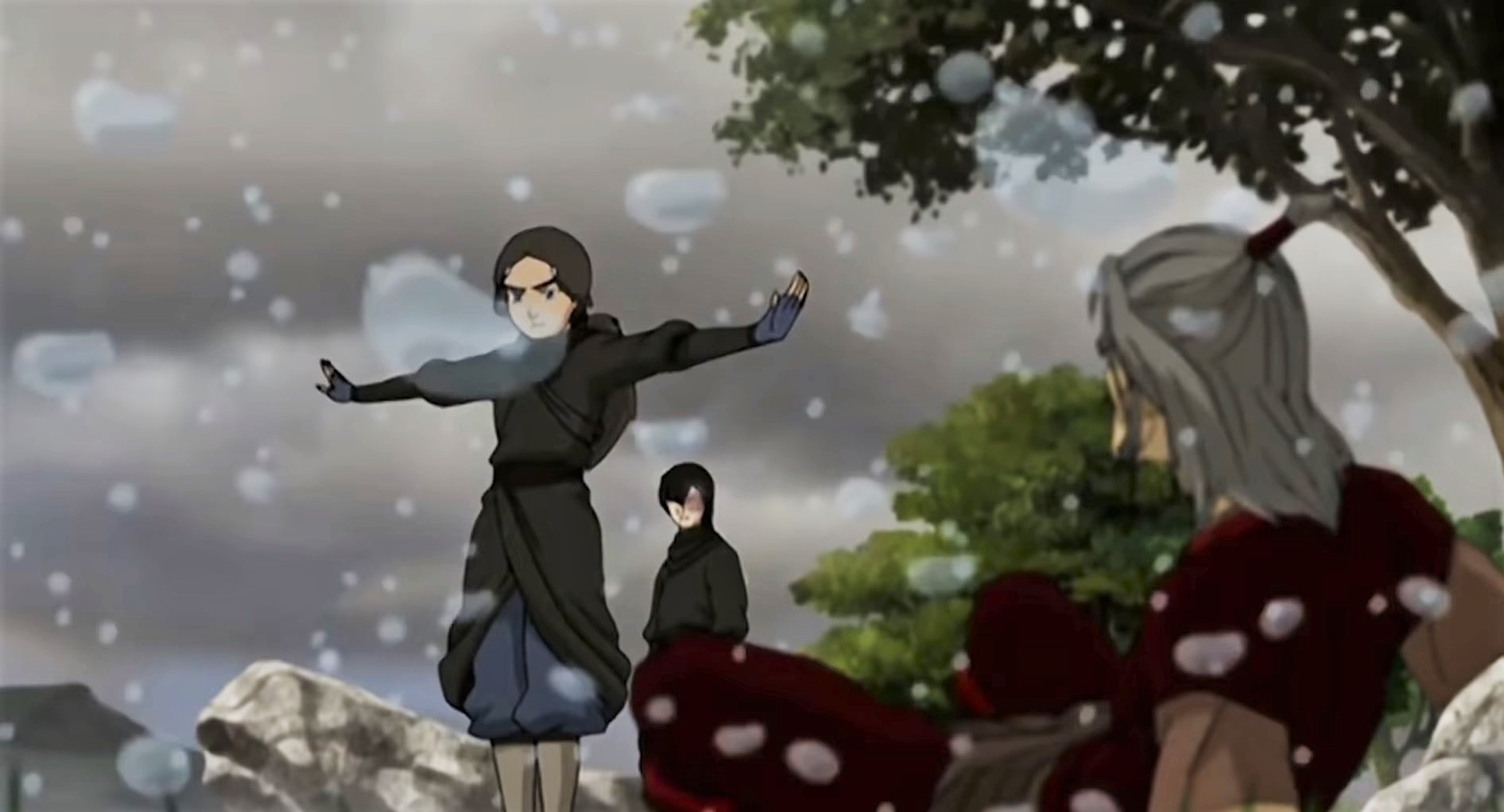
Of the four bending styles, water is the most versatile, which secures its place as the most powerful. Air bending is strongest when used evasively and defensively, as the Air Nomads are peaceful and pacifistic people. Earthbending, while powerful and effective in its own right, has limitations; unless the bender has mastered difficult sub-skills such as metal bending, their power can be affected and neutralized by their location. If an earthbender finds themself caught adrift in the middle of the ocean, they would have a tough time getting themselves to safety. While a similar weakness exists for waterbenders, a way around that is to carry a container of water on their person.
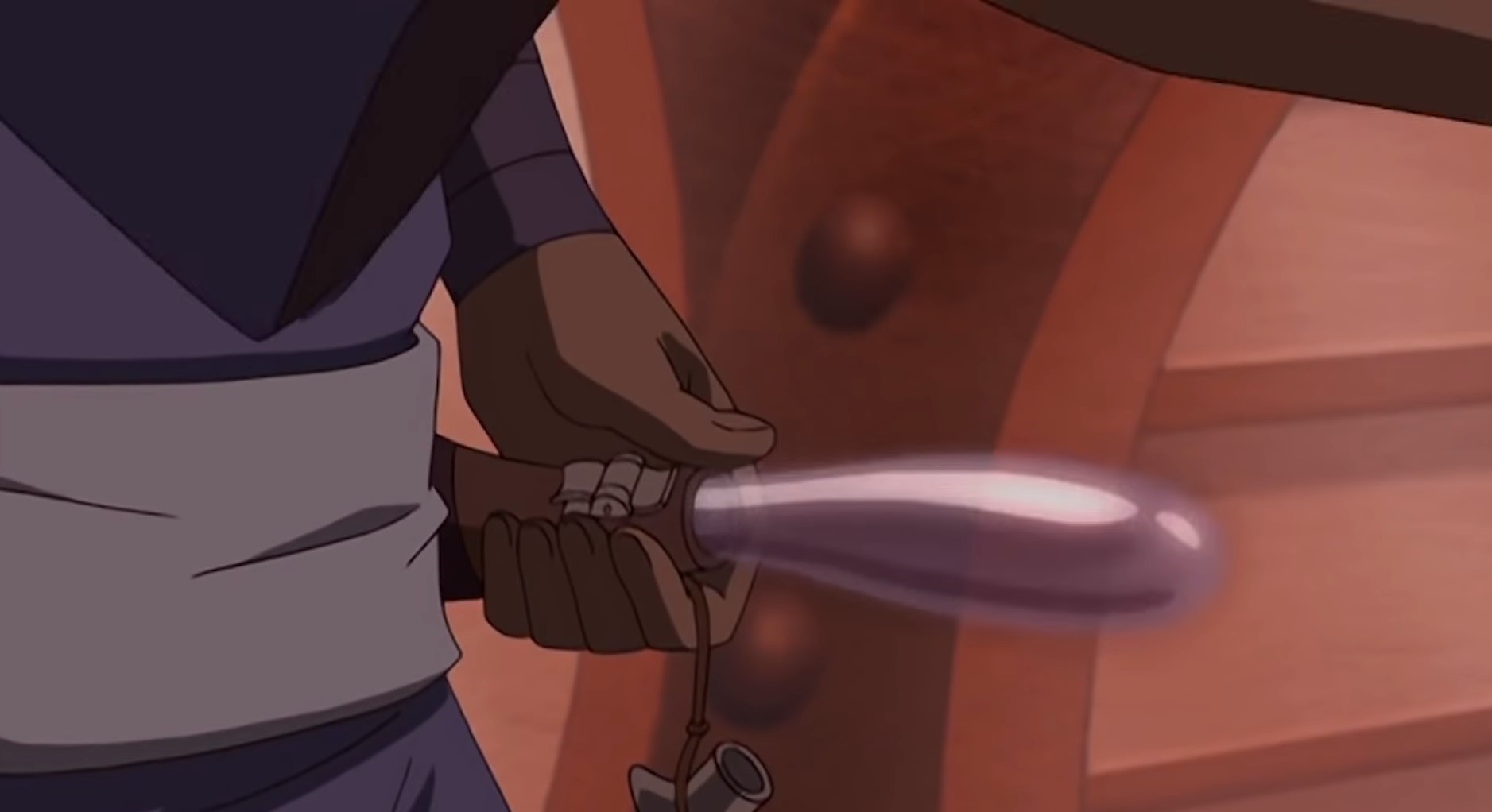
Fire bending, as cool as it is, is mainly limited to offensive capabilities, and is most heavily based on utilizing internal emotions and physical effort as fuel. Thus, as was the case for Azula, if the bender is exhausted physically or mentally, they run the risk of being caught off-guard and overpowered. Not only does water bending provide effective defensive tactics, it is also strong in offense and evasion, which isn’t the case for other styles. Since waterbenders have the ability to shift water between its physical states, their combat is often steps ahead of their opponent. The ability to rapidly manipulate the states of water gives the bender the option to be strategically spontaneous, using varied forms of attack in rapid succession, effectively keeping their opponent on their toes.
A Strong Offense & An Effective Defense
When faced with earthbenders, more often than not, evasion is the best defense. When faced with firebenders, consistent counter attacks to tire one’s opponent create the best offense. With waterbenders, however, all bets are off. Waterbending has a vast catalogue of techniques and attacks, which can easily overpower the other elements.
How effective is a wind gust against a barrage of ice spears? How can a hurtling boulder hold up against a razor sharp, pressurized water whip? Imagine a multi-story, rapidly approaching wave of water. Few things in life are able to protect against such swelling, overwhelming force. Beyond attack techniques, waterbenders can use their power to ensnare foes, such as when Katara uses ice breath or ice creepers to freeze people in a contained icy prison.



Waterbending is obviously not alone in being highly effective when used defensively. Between earth and fire, the second place title is a definite toss up. Since waterbenders possess the adaptable ability to change water’s phases instantaneously, they arguably have the best defense. Steam and fog can be used to cloak the bender, and ice can be used as shields—and even then transformed into a projectile. Another common tactic used is manipulating water to surround the bender and provide coverage as well as fuel for defensive attacks. This is seen in the case of water rings and domes, which effectively block attacks and can in turn shoot fatal ice shards, ice daggers, waters whips, and more.
Blood Bending
Where there is life, there is water. […] It’s impossible to fight your way out of my grip! I control every muscle, every vein in your body!
Hama — Season 3, Episode 8 “The Puppetmaster”

No matter what bending type you might champion, it is indisputable that waterbending has a definite leg-up thanks to the technique of bloodbending. In the hands of master benders, bloodbending has a level of finality that only Avatars themselves can contend with. By manipulating the fluids within a person’s body, blood benders can enact their total will upon their foes, acting as a rigid puppeteer. When practiced by the wrong people the technique can be badly abused, which resulted in it being outlawed in The Legend of Korra.
Though exceptionally morbid, bloodbending is effective. Benders with such skill can toss their opponents around, alter their foes’ movements to disrupt bending, and restrain them. If the blood bender is particularly skilled, they may use the power psychically, which is effective in ensuring stealth. Worst of all, the most overpowered skill born of waterbending is bending severance, which is used to strip people of their bending ability. Thankfully, since bloodbending is a skill that only few waterbenders master, it and bending severance are not common.
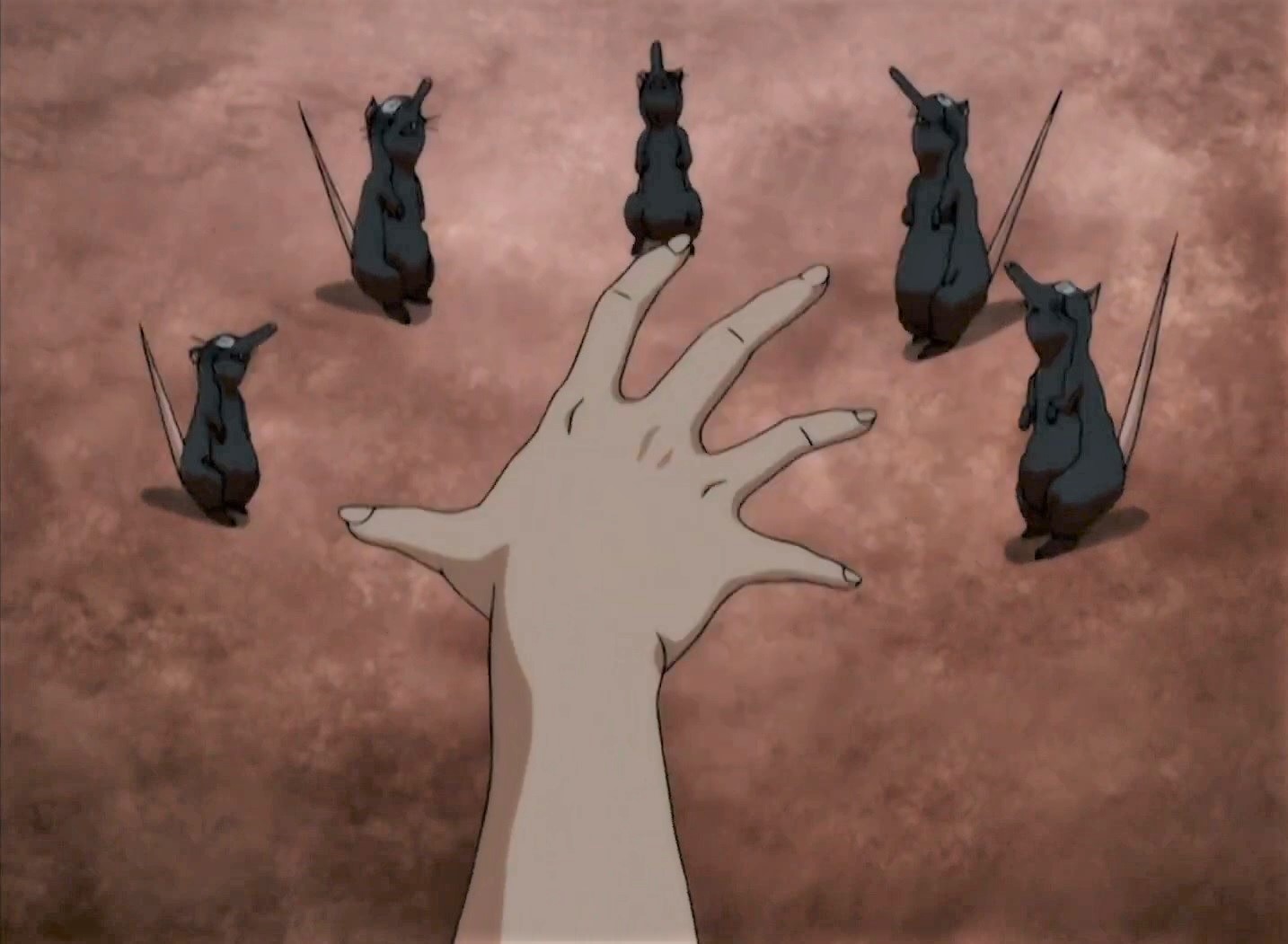
Waterbending As A Practical Tool
Imagine living with an ability that is so versatile it allows you to make numerous aspects of life simpler; you could travel easily across oceans (and even walk on water), cook, heal, and really anything else that you can imagine. Aside from its combative capabilities, waterbending is a skill that has many practical and useful applications. From healing, to architecture, to travel, water is such a fundamental element that bending it to accomplish tasks is as powerful as using it for combat.
Healing & Spirit Calming
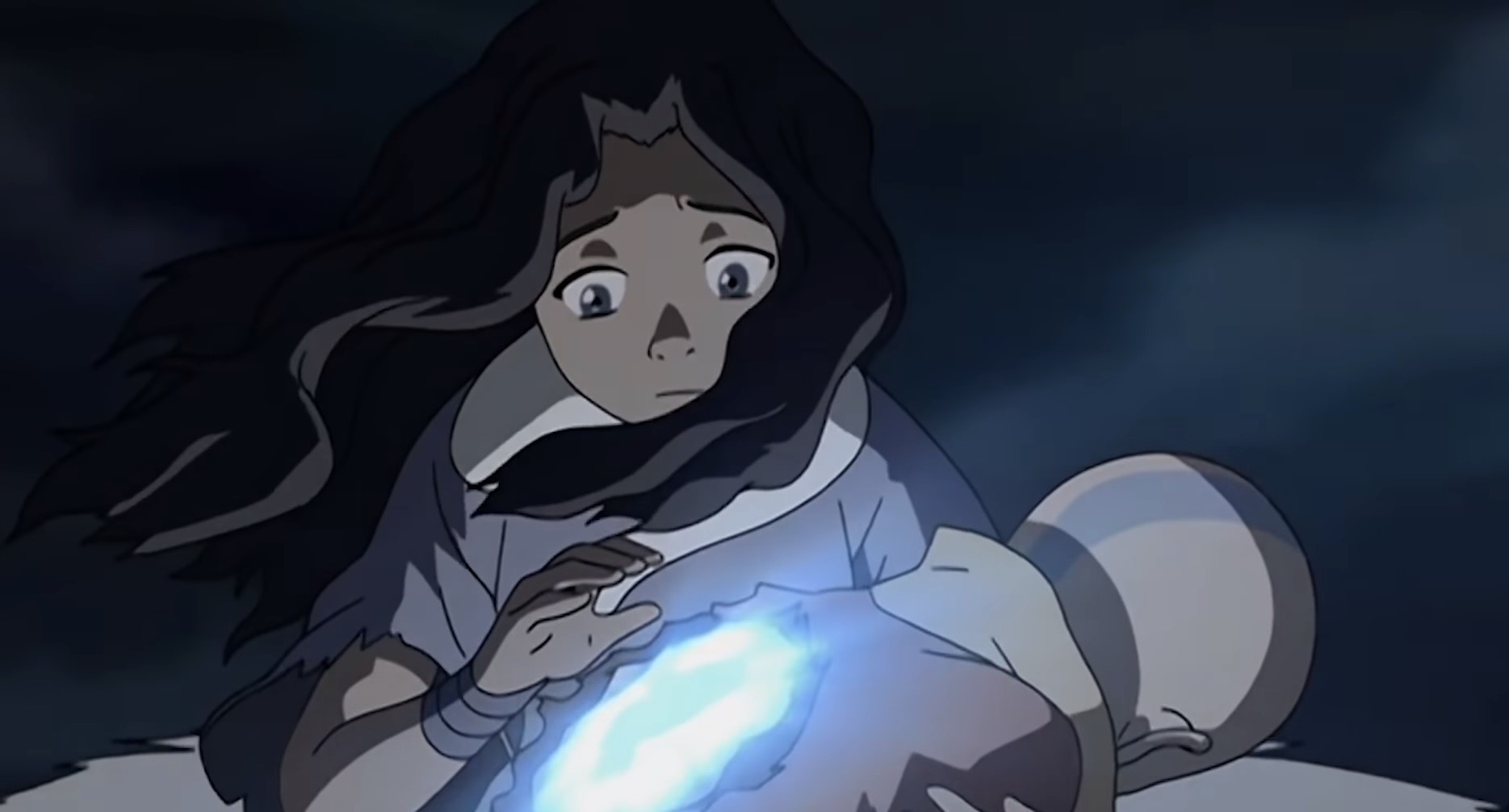
Inspired by reiki, the art of healing with water is achieved through channeling a person’s chi, their energy, toward wounds, allowing them to heal nearly instantly. As the only one of the four elements that are able to heal, waterbending does trump the others, giving its users the ability to both defend and restore themselves. With this ability, some water benders are even able to practice spiritbending, which is the combination of healing and spiritual connectedness to pacify a negative spirit’s energy, as shown in The Legend of Korra.
Architecture
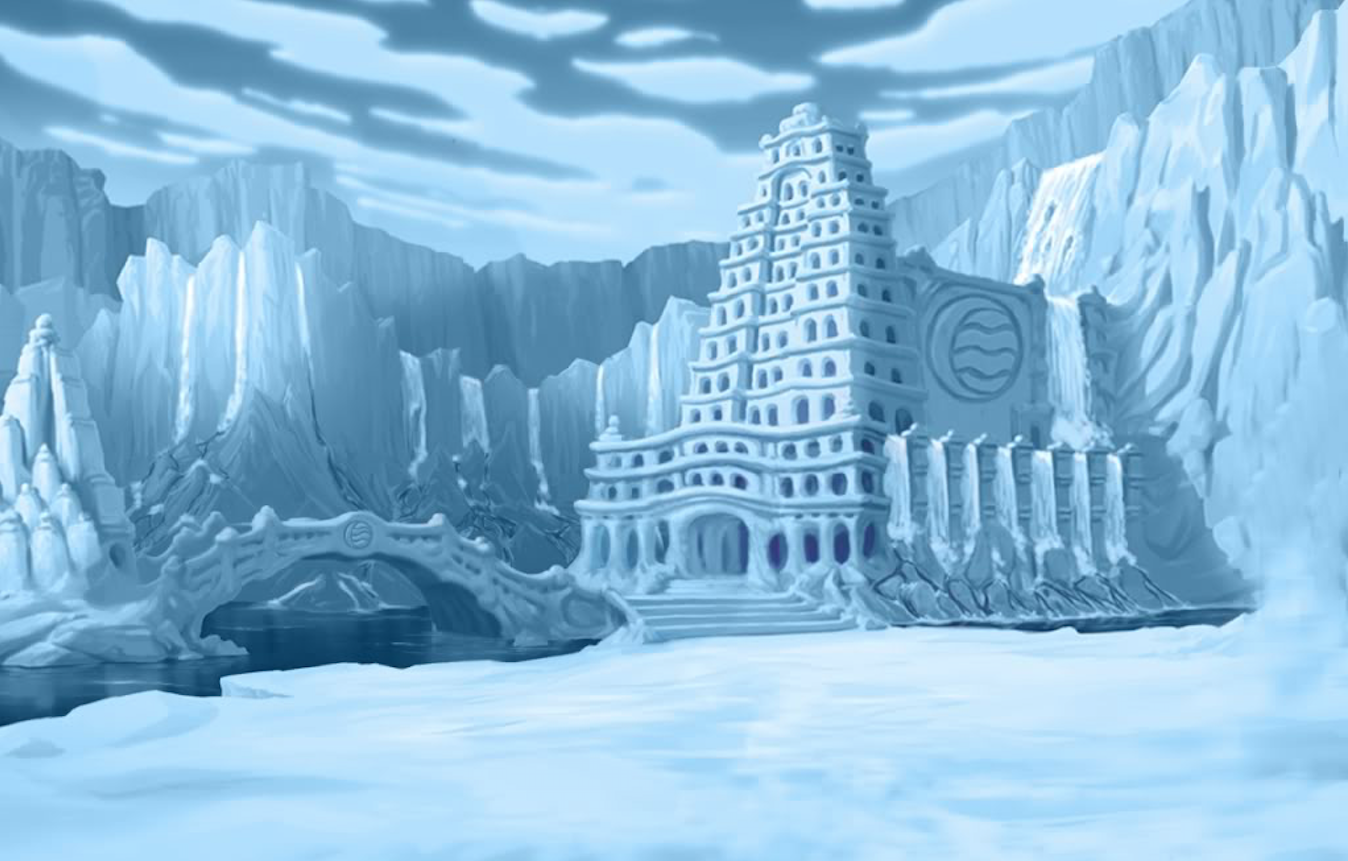
One of the most interesting uses of bending in the world of Avatar is in the creation of architecture. All of the bending types are useful when it comes to building a society, each having its own ability to specialize and contribute. With the power of waterbending, anything made of water can be used as building components, opening the doors to the quick and easy creation of structures that may be simple or grandiose.
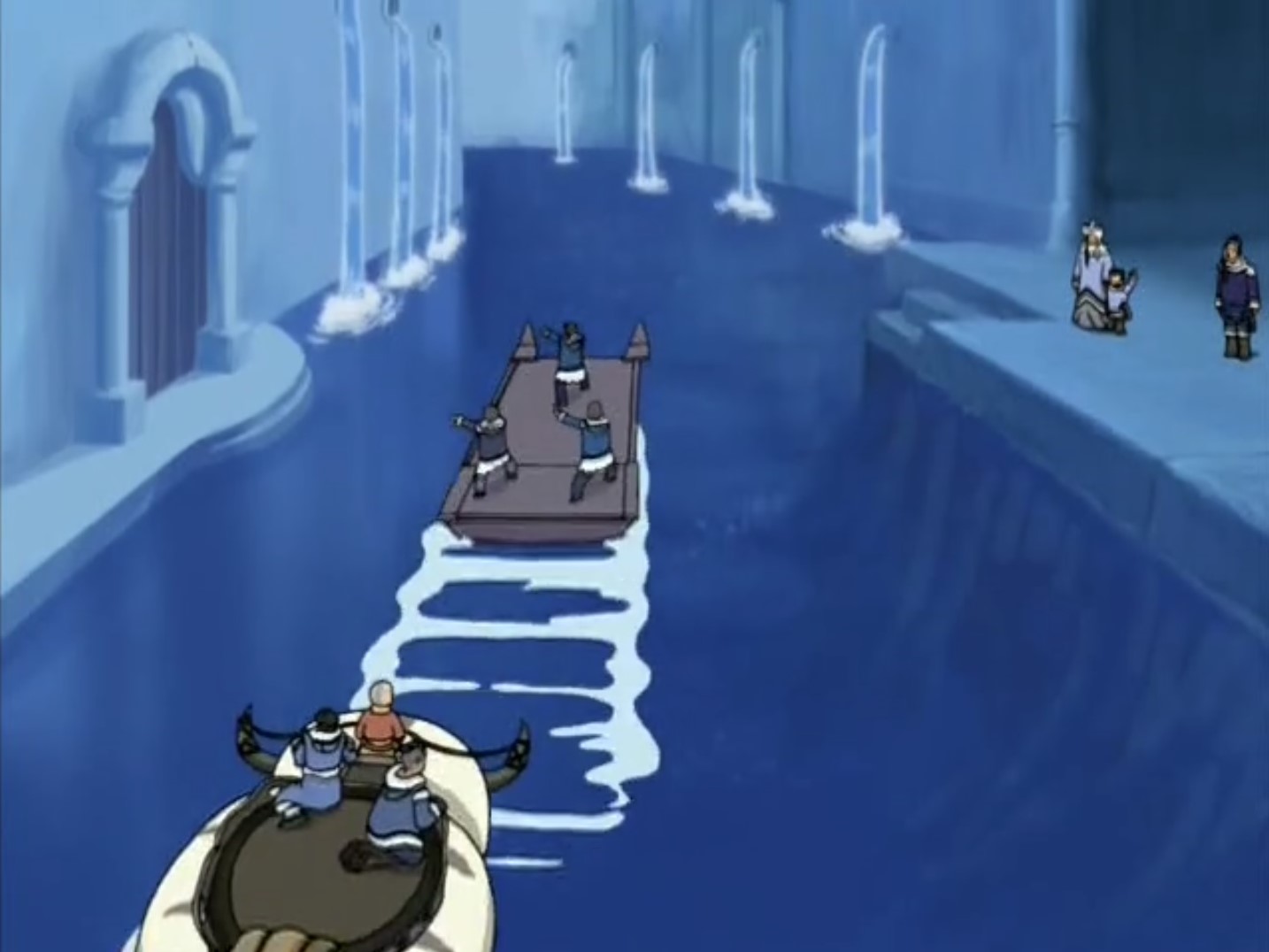
The architecture of The Northern Water Tribe features glittering examples of how ice and snow can be molded to create towering palaces, bender-controlled passages, and Venetian-inspired waterways throughout the city. It’s difficult to forget the moment when Aang, Katara, and Sokka enter the Northern Water Tribe city on the back of Appa, giving the viewers a look into the splendor and magnificence of architecture in the hands of skilled waterbenders.
My Love Letter To Waterbending
The ability to be in tune with the moon and the ocean is a dream, and the combination of waterbending’s beauty, strength, and practicality put it a step above the other bending styles in my opinion. While the connection I have felt to the water tribes of Avatar may partially have something to do with my astrological placements, the element of water itself is what I’d consider the element of beauty as well as change. We firmly believe that waterbending is the best, but the fours arts of bending in Avatar: The Last Airbender have their own pros and cons, their own specific beauty, and their own commendable power. The fun of watching the show and discovering the styles and quirks of each type is that realistically, nobody’s favorite is invalid! With the addition of Avatar to Netflix, the fun may continue and the debate will go on. So, what to you is the best bending style?
